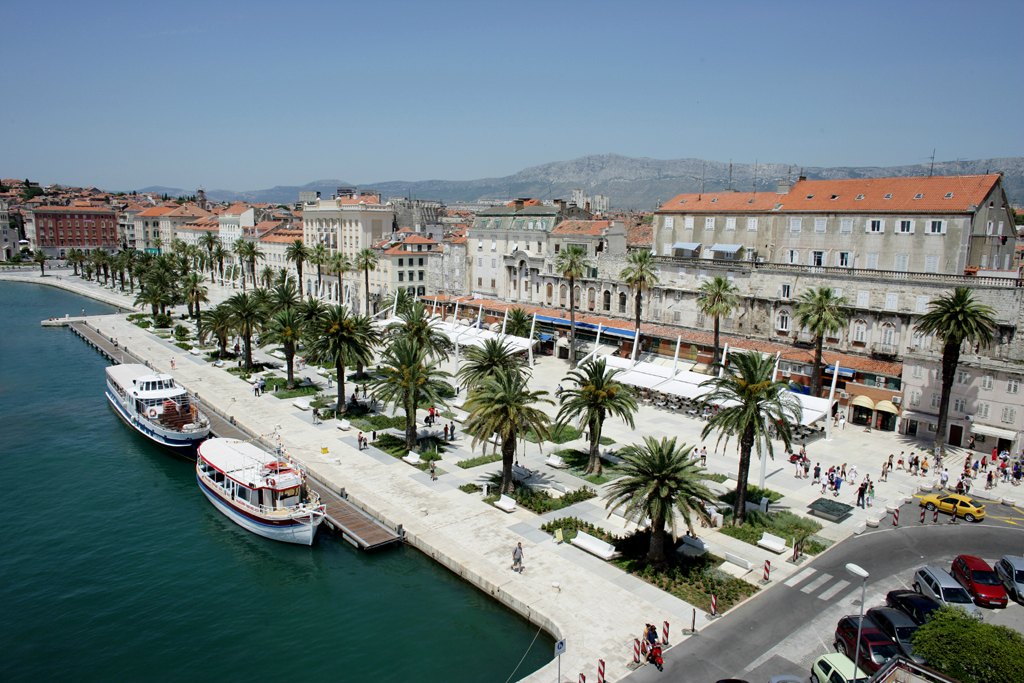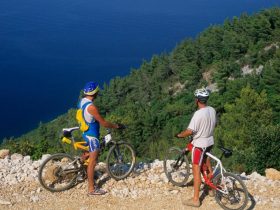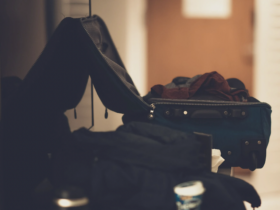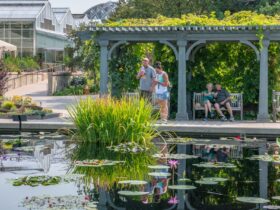Split is the 2nd biggest town in Croatia, with more than 222,000 residents, and is the biggest town on the Dalmatian coastline. Coupled with its sturdy history – it emerged from a village around a castle constructed by Roman monarch Diocletian, – this vibrant town sure is worth a trip. Its impressive coastal hills act as the ideal backdrop to the blue-green waters of the Adriatic. You’ll get an opportunity to cherish this beautiful city scape when making a ferry trip to or from the town. Whenever you are going there, Split-Rentals.co.uk can help you find the ideal Split hotel to meet all your accommodation needs.
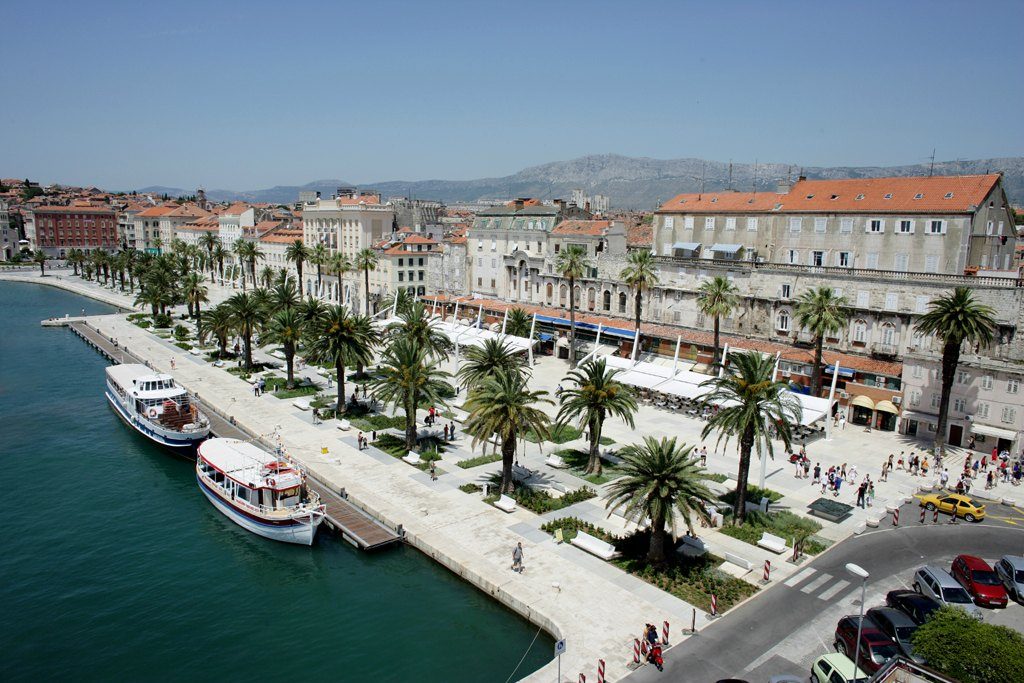
Climate and Weather in Split
During the winter, temperatures rarely drop below zero, while average daily high are over ten degrees for each month. Snow is very rare, and in most cases doesn’t stick to the ground. When this happens, it is a true attraction. Bora causes much more trouble during the winter to the residents of Split than snow. It is a wind that blows from the land towards the sea, and often reaches speed over 100 km/h. Bora storms occurs mostly during winter, and they cause much cooler feel than usual favorable temperatures.
The temperature becomes much higher in the spring, so the average low in May is over 15°C, while high regularly reach over 20°C. There are many sunny days and precipitations are low.Summers are often long and hot. Average lows are around 20°C, while average highs reach 30°C. It is not rare that the temperatures reach over 35°C, when the tourists are very happy that Split has numerous nice beaches Besides the beach, shade can be found in the greenery of Marjan.
Precipitations are rare during the summer, they last for a short time and are not high. The temperature of the sea during the summer is around 22 and 26°C, while you can swim from the end of May if the temperature of around 20°C is enough for you. You can enjoy in the sea until the end of September and even middle or the end of October, depending on the year. We should note that Split is one of the sunniest Croatian cities, and the most of it appears during the summer. Autumns are also favorable when it comes to temperatures, but precipitation occurs more often and plentiful. As the winter approaches, Bora also appears more often.
Diocletian’s Palace
Diocletian’s Palace was built in the end of the 3rd and the beginning of the 4th century in the time of the reign of the Roman emperor Diocletian. After he withdrew from the throne in 305, he has moved to the Palace and lived there until his death in 316. It is worth noting that at the time it was somewhat isolated place, since the center of the province of Dalmatia was in nearby Salona (Solin), while Split was just a small settlement.
The road to Salon began by the Golden gate, one of the three main entrances to the Palace. What about the fourth? From the land there were large and nicely decorated entrances, but the south side, turned towards the sea, was a fortified and defended wall, completely closed on the lower level. The walls were closed in the lower levels, with the exception of the aforementioned gates, but the higher parts were wide open with large windows. The southern side is especially beautiful, where the Emperor’s chambers were located with three lodges and 42 windows.
After the death of Diocletian, the Palace was reconstructed numerous times, so it is now well preserved, and is considered as one of the most important Roman monuments in the World. It is especially interested that this is a place that has been constantly populated since its construction and is adapted to live, so it is still changed and developed to this day.
Diocletian’s Palace is a true gem of cultural and historical sights. Inside, there is the oldest cathedral in the World, Great sphinx of Egypt, preserved Diocletian’s cellars and other sights. It is a place which you shouldn’t miss if you are nearby and a location that has much to offer.

